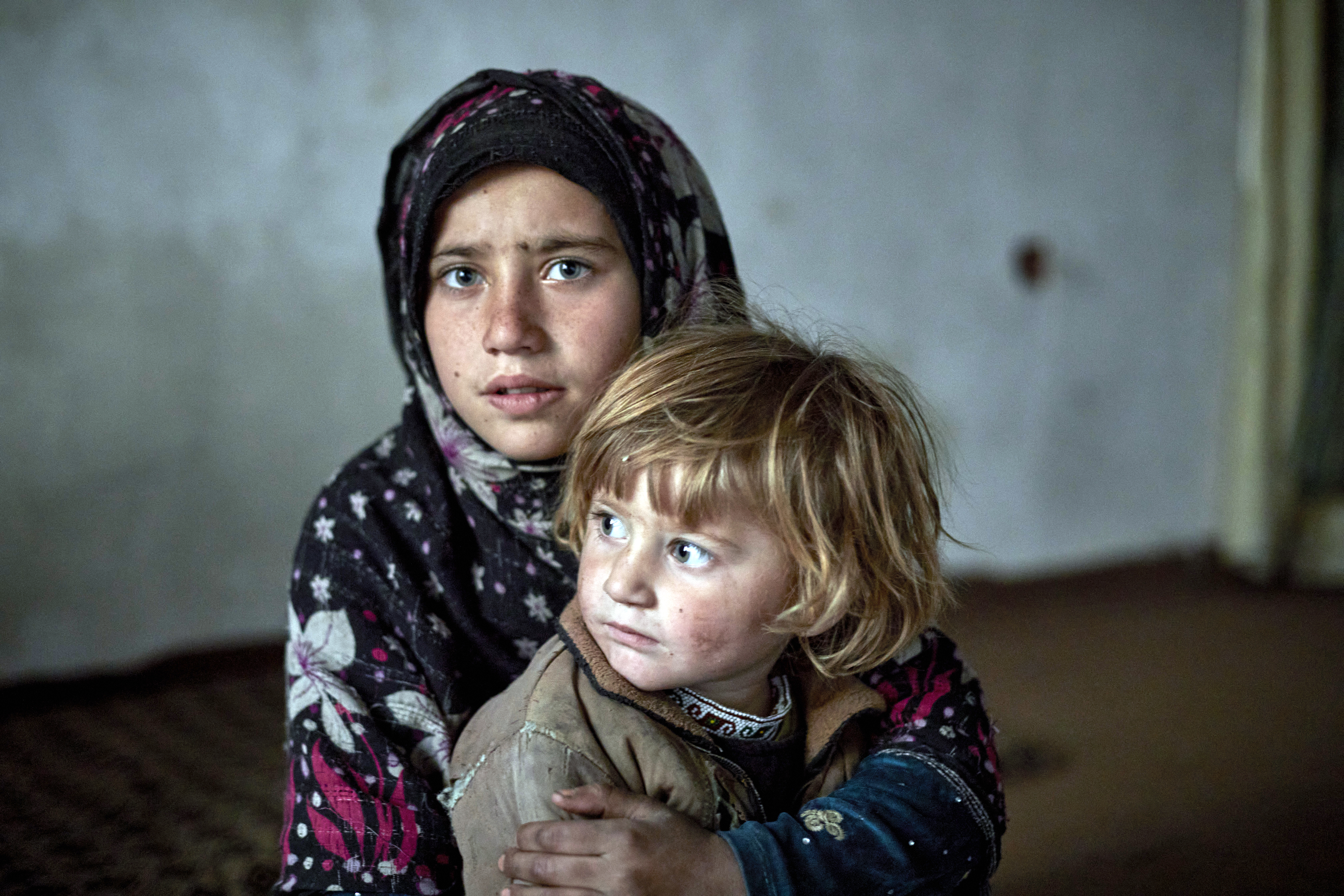Resettled African refugees arrive in Amsterdam
Resettled African refugees arrive in Amsterdam

AMSTERDAM, Netherlands, August 2, 2007 (UNHCR) - A group of Congolese and Burundese refugees touched down at Schiphol airport early in the morning with a joyful "Goedemorgen," ready to start new lives in the Netherlands.
The 47 refugees arrived on Wednesday in the framework of the Dutch resettlement programme, which will benefit a total of 94 Burundian and Congolese refugees from Tanzania. Arriving after a long journey from refugee camps in Tanzania, they proudly greeted staff from the Dutch Central Reception Agency (COA), UNHCR and the International Organization for Migration with the Dutch words for "good morning".
The group included women - some with babies - men and teenagers. "I am very happy to be in the Netherlands," said young Samuel who, like many members of this group, had lived in refugee camps in Tanzania, such as Kigoma and Nyarugusu, for almost 10 years.
"Life in the camps was very difficult; we had a lot of problems", explained Emmanuel, another refugee. Local integration was not an option in Tanzania, nor did these refugees have any foreseeable prospects of voluntary repatriation.
On the recommendation of UNHCR, they were accepted for the Dutch resettlement programme. The whole process started back in April 2007 with a Dutch resettlement mission to Tanzania when the Dutch Immigration and Naturalization Service, together with UNHCR, selected candidates for resettlement.
Some weeks later, the COA organized a cultural orientation course in Tanzania to familiarize the refugees with the Netherlands and Dutch society. Refugees were shown a video on daily life in the Netherlands; many had practical questions about topics ranging from the weather to housing, from the use of washing machines to health care services, from cycling to access to work.
"It was useful because we learned about life and our rights in the Netherlands," remembered teenage boy Malega, who attended the course. At the end of the training - now a standard component of the Dutch resettlement process - each participant received a certificate.
After their arrival at Amsterdam airport, the immediate destination for the refugees was AZC Amersfoort, a reception centre where resettled refugees live until housing is allocated in a Dutch municipality.
As residents of the centre, they receive additional cultural and language induction courses to help them prepare for integration in the Netherlands. Dutch classes at various levels are available, including a specific course for illiterate resettled refugees.
In three months, the refugees will have a formal identity card, a bank account and a house in a Dutch municipality. The Dutch government began placing refugees in groups based on two main criteria: the refugees have the same nationality and come from the same camp, having been selected during the same resettlement mission. This benefits the refugees, who know each other before arrival. It is also appreciated by the receiving municipalities, which see resettlement in groups helps integration.
The Netherlands was one of the first European countries to implement a refugee resettlement plan, starting in 1984. Since 1987, this country has welcomed 500 "invited refugees" each year.
This group of Congolese and Burundese refugees was preceded by 37 Burundian refugees from Kigoma, Tanzania, who arrived in Amsterdam on 27 June. Ten other refugees flew independently from the two groups.
"Now I am here," concludes Emmanuel with a smile, before getting on the bus taking him to the reception centre. "The future will be good."
By Ilse Griek in Amsterdam, Netherlands








